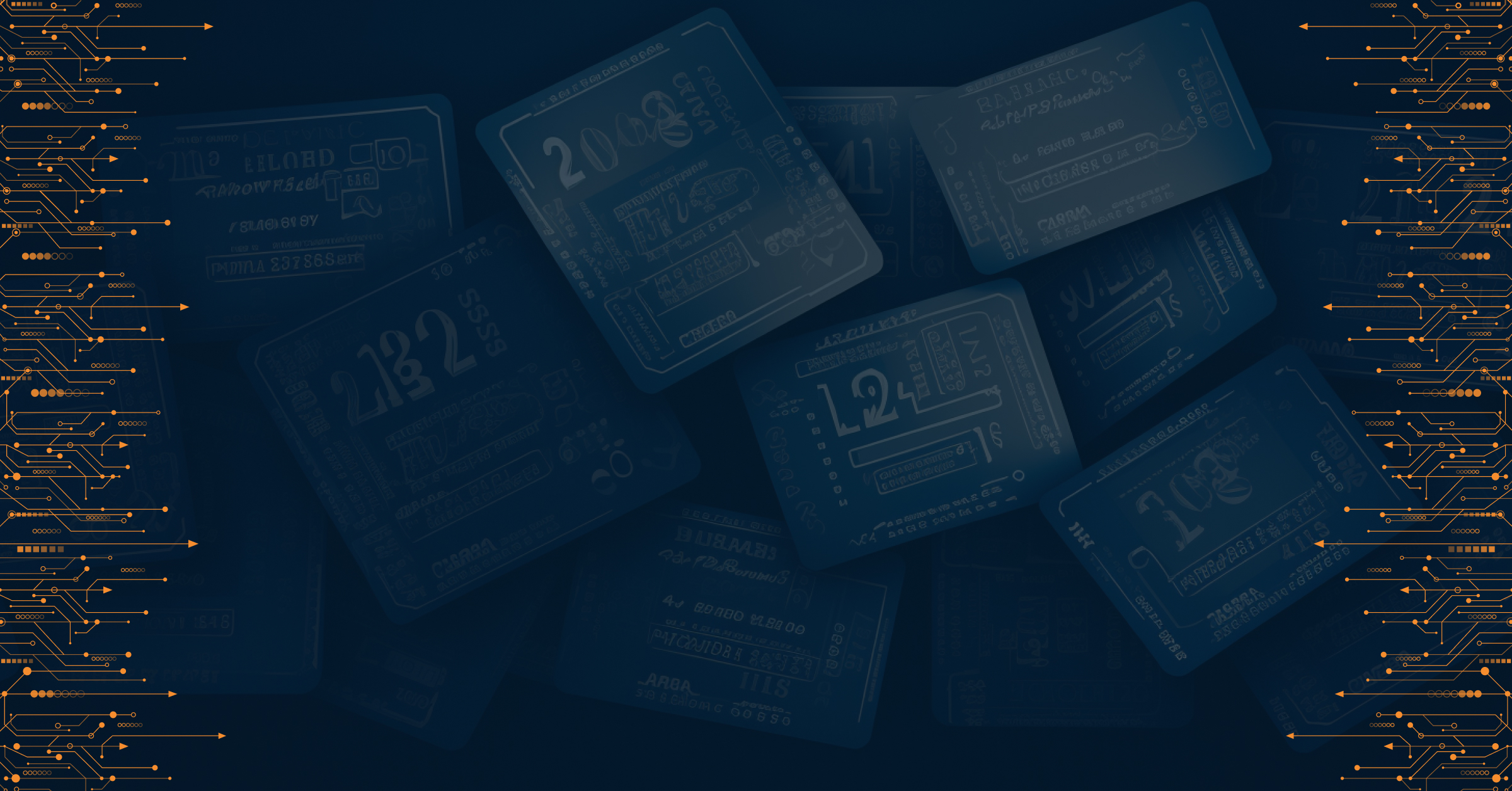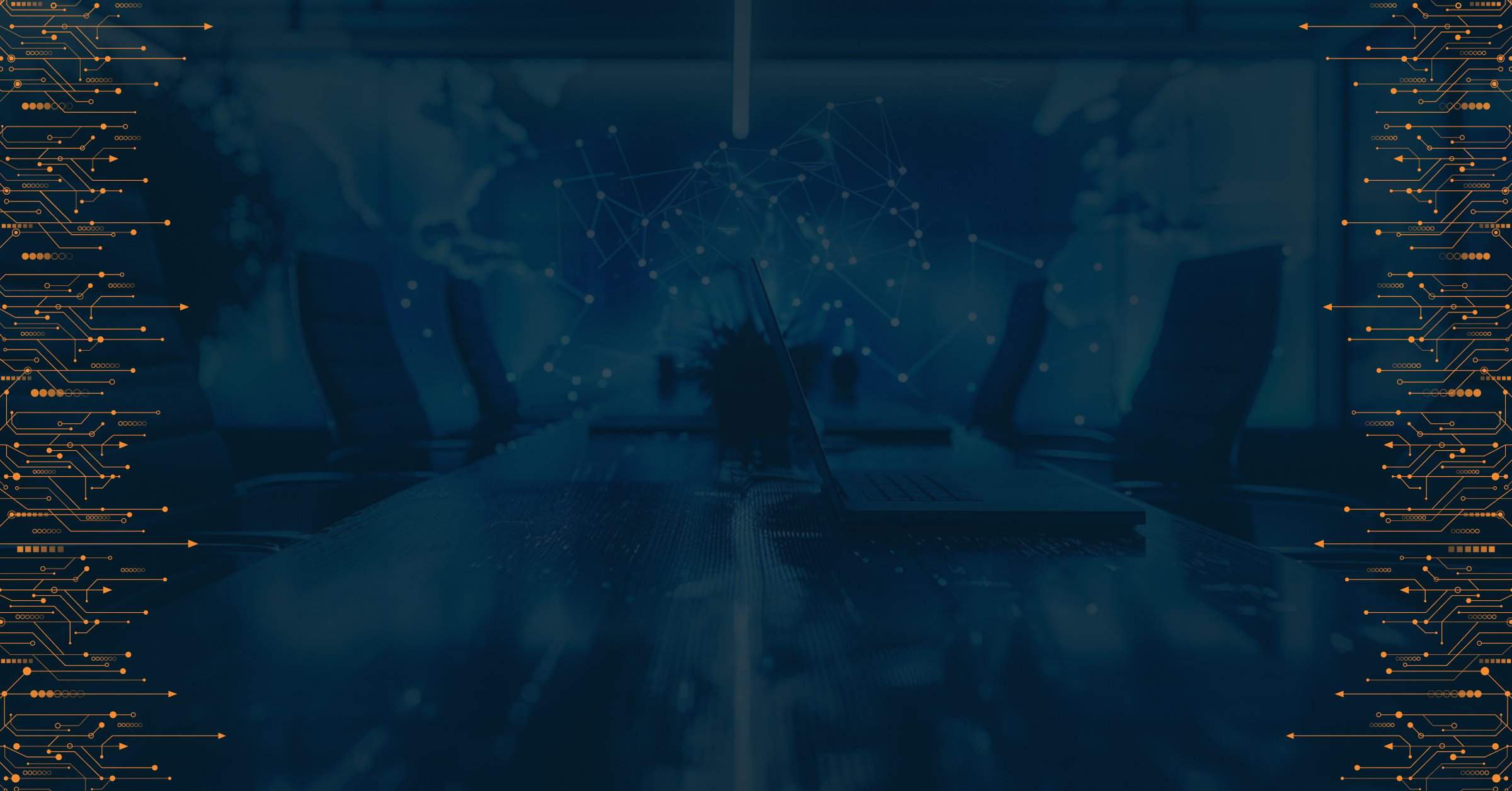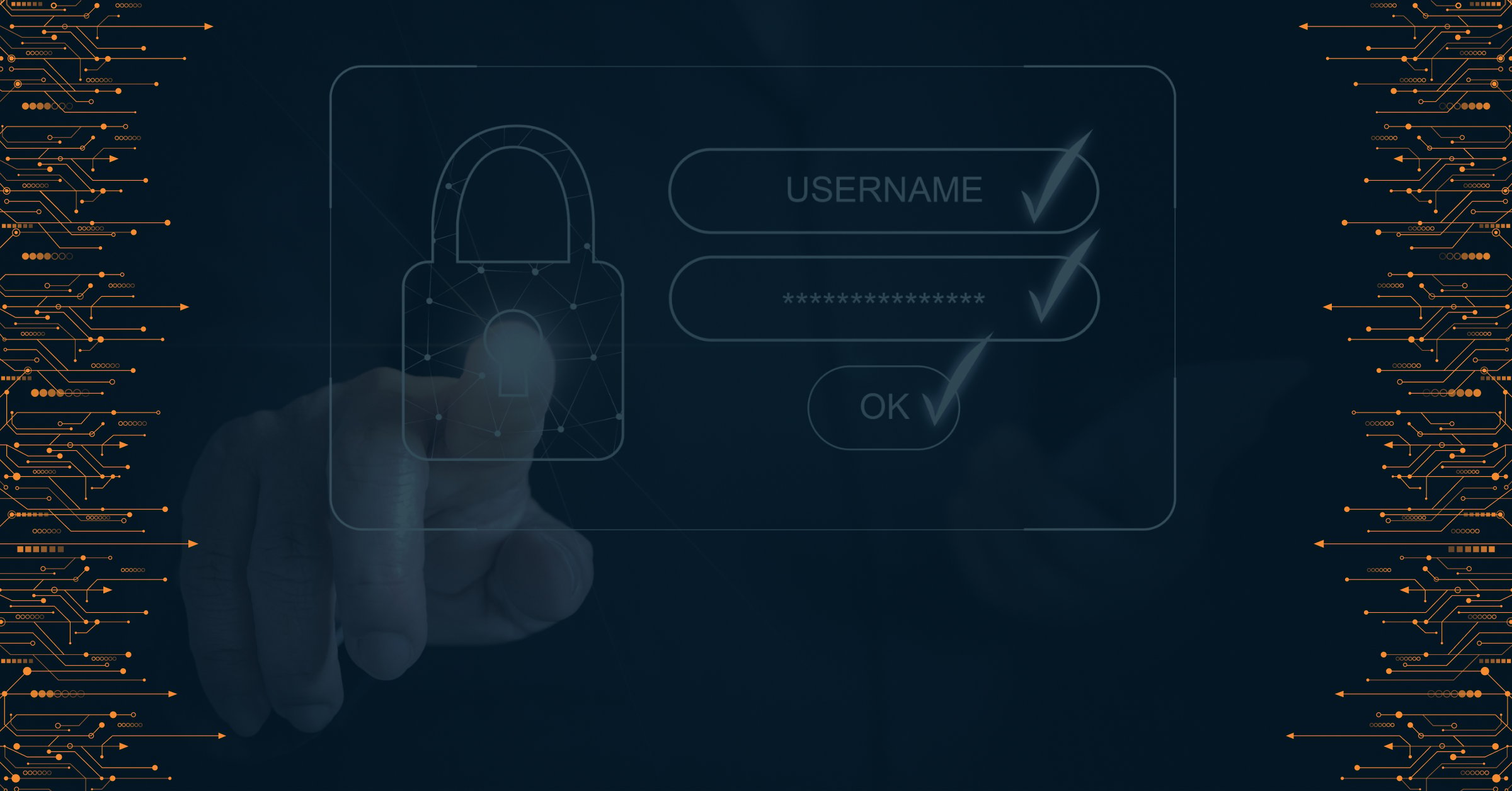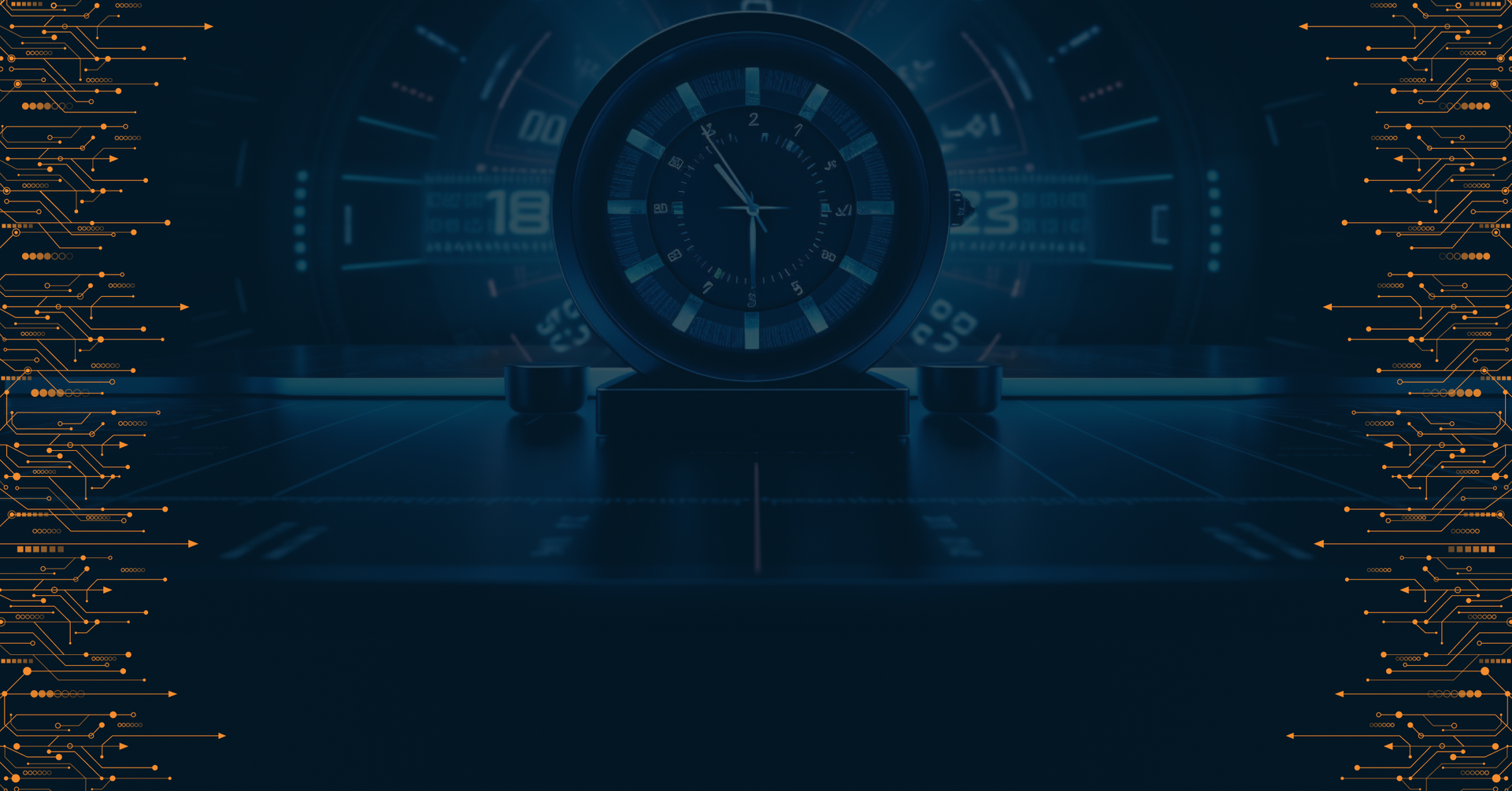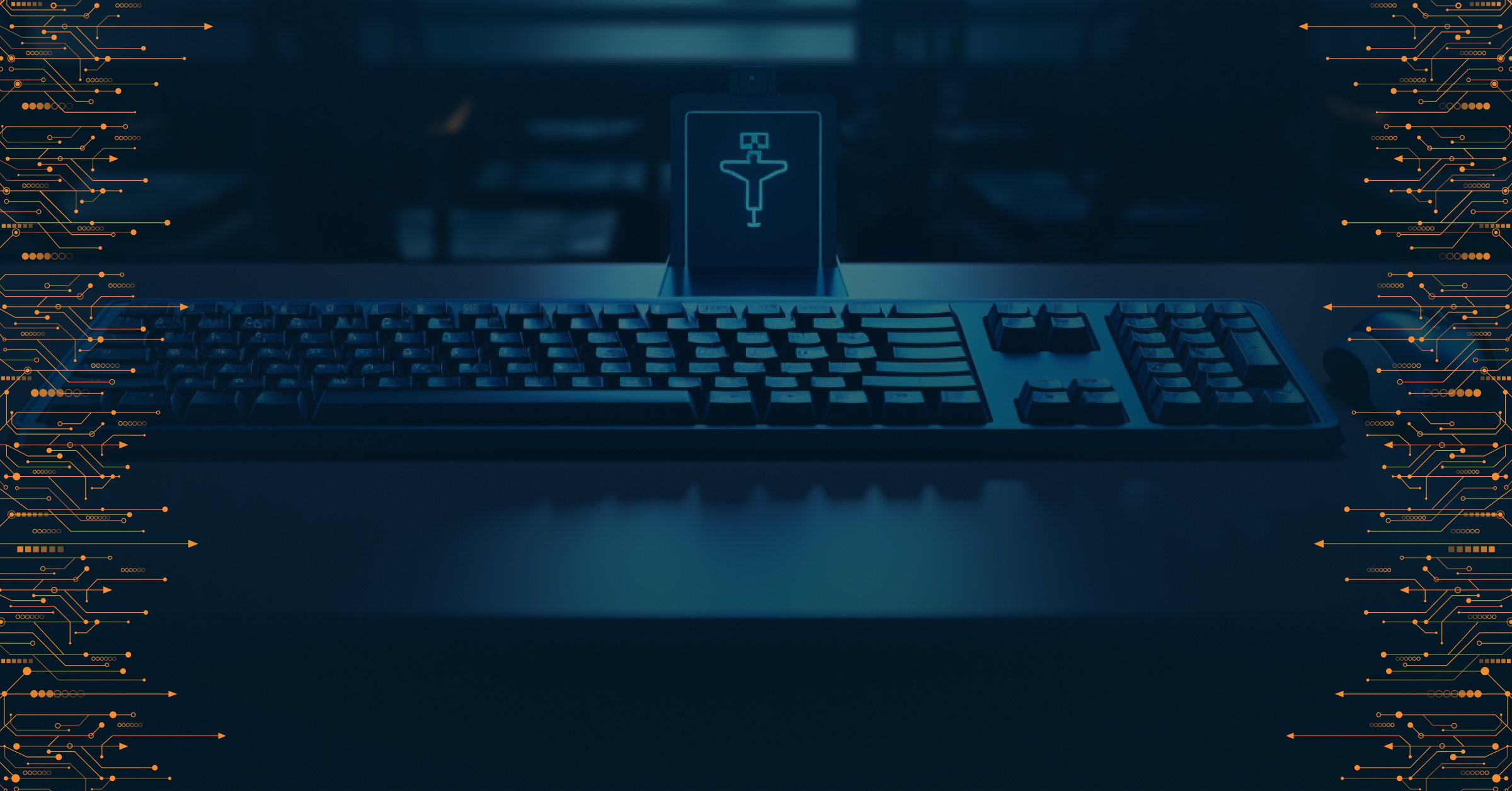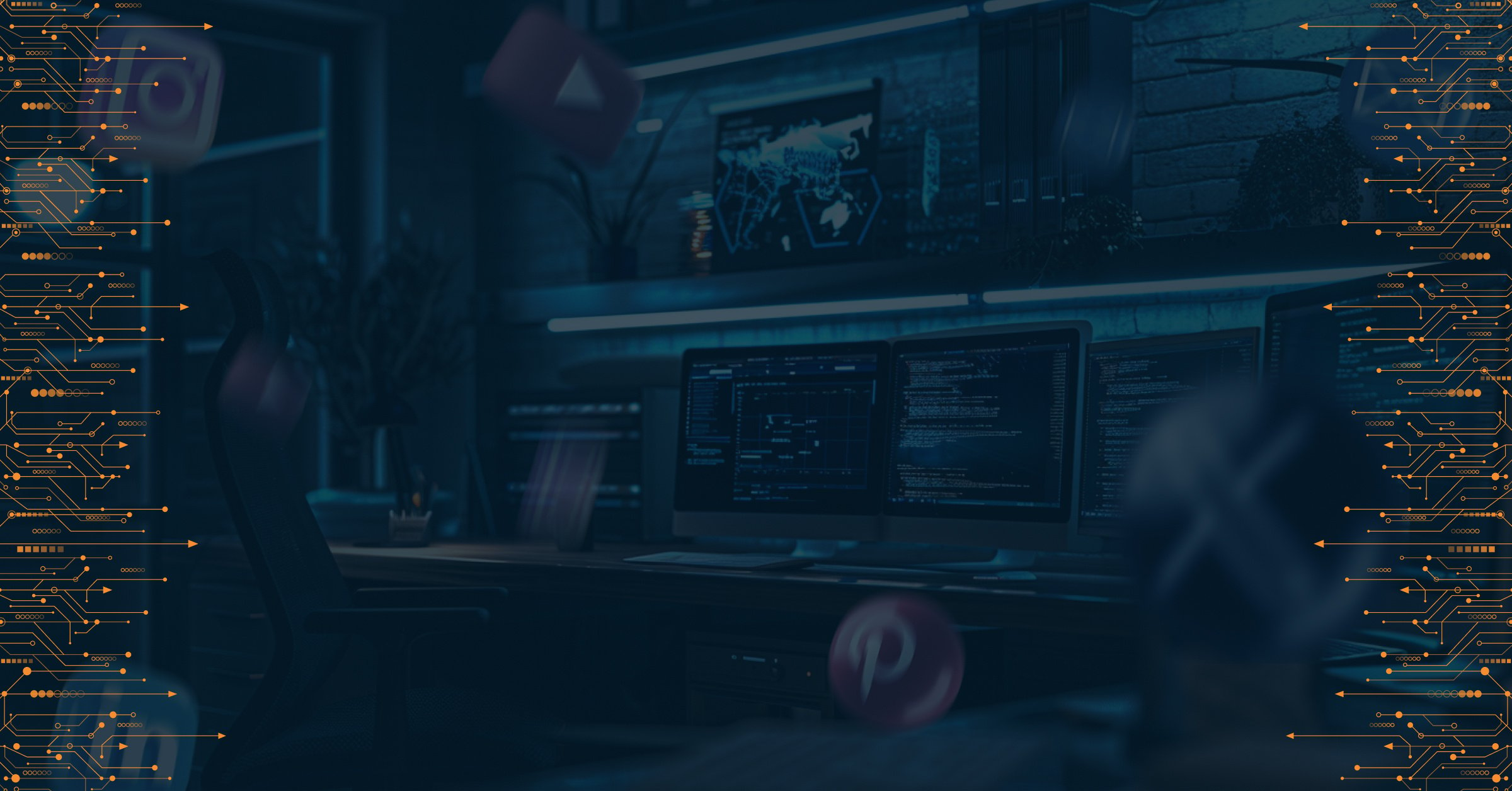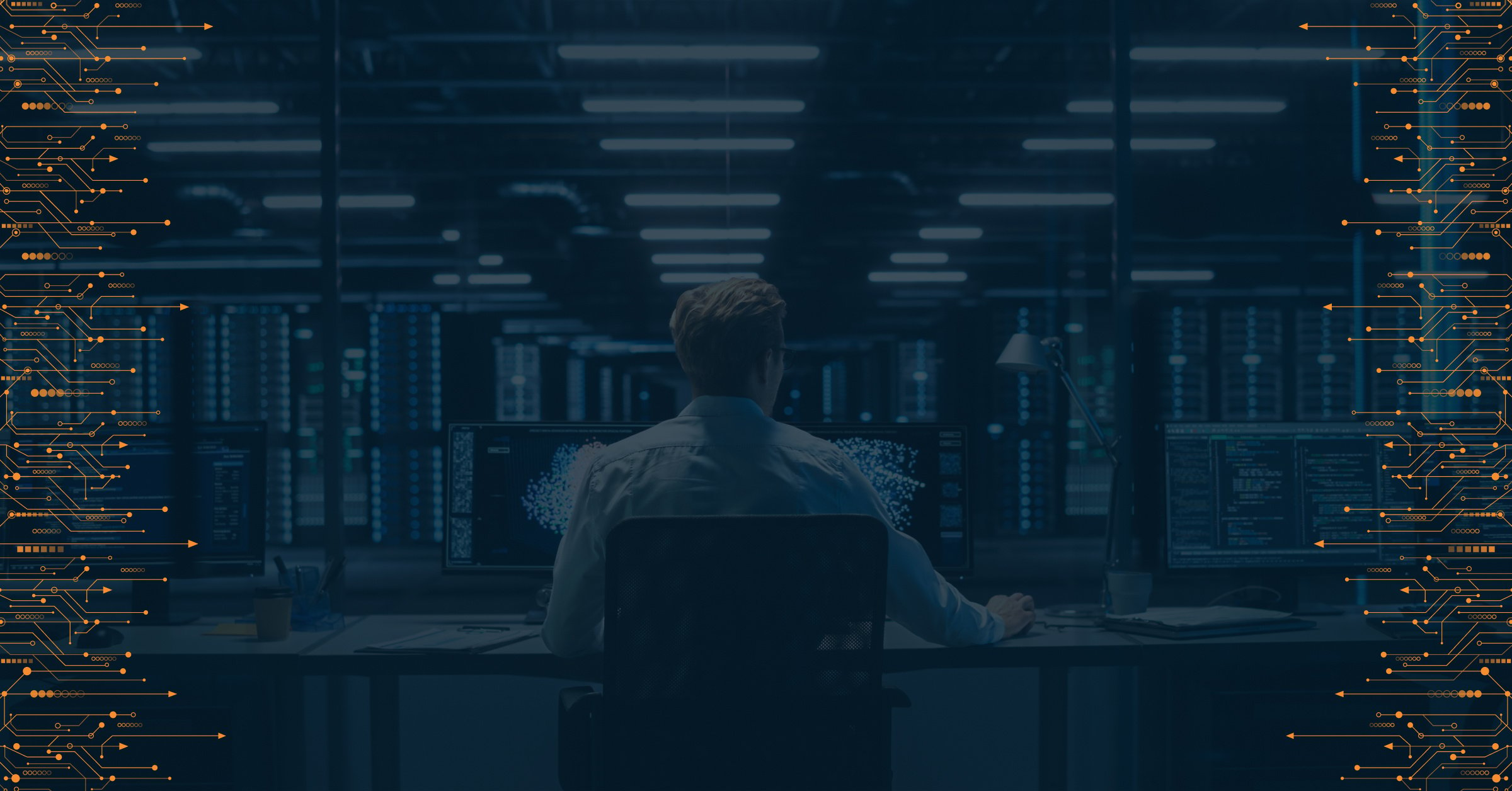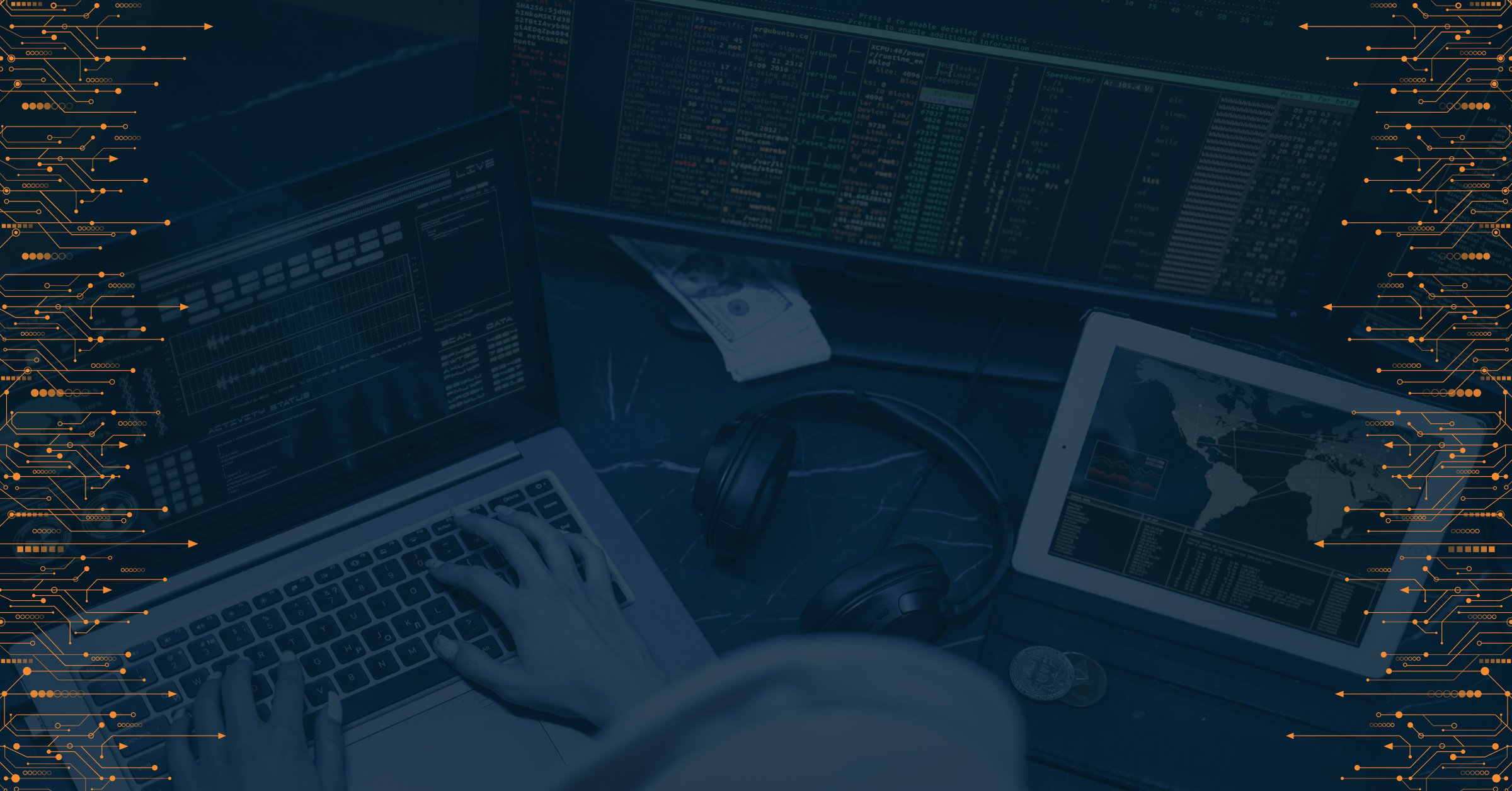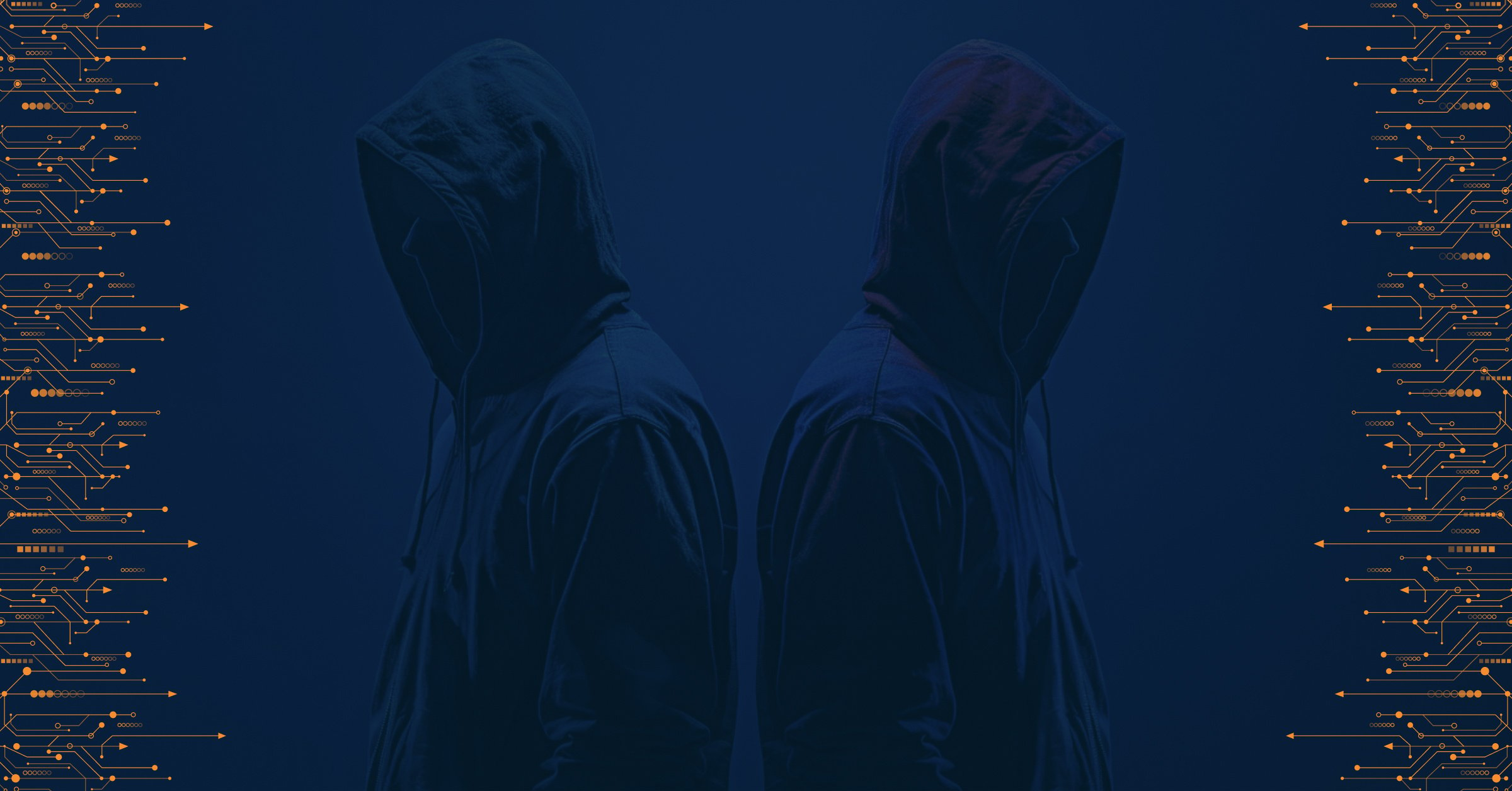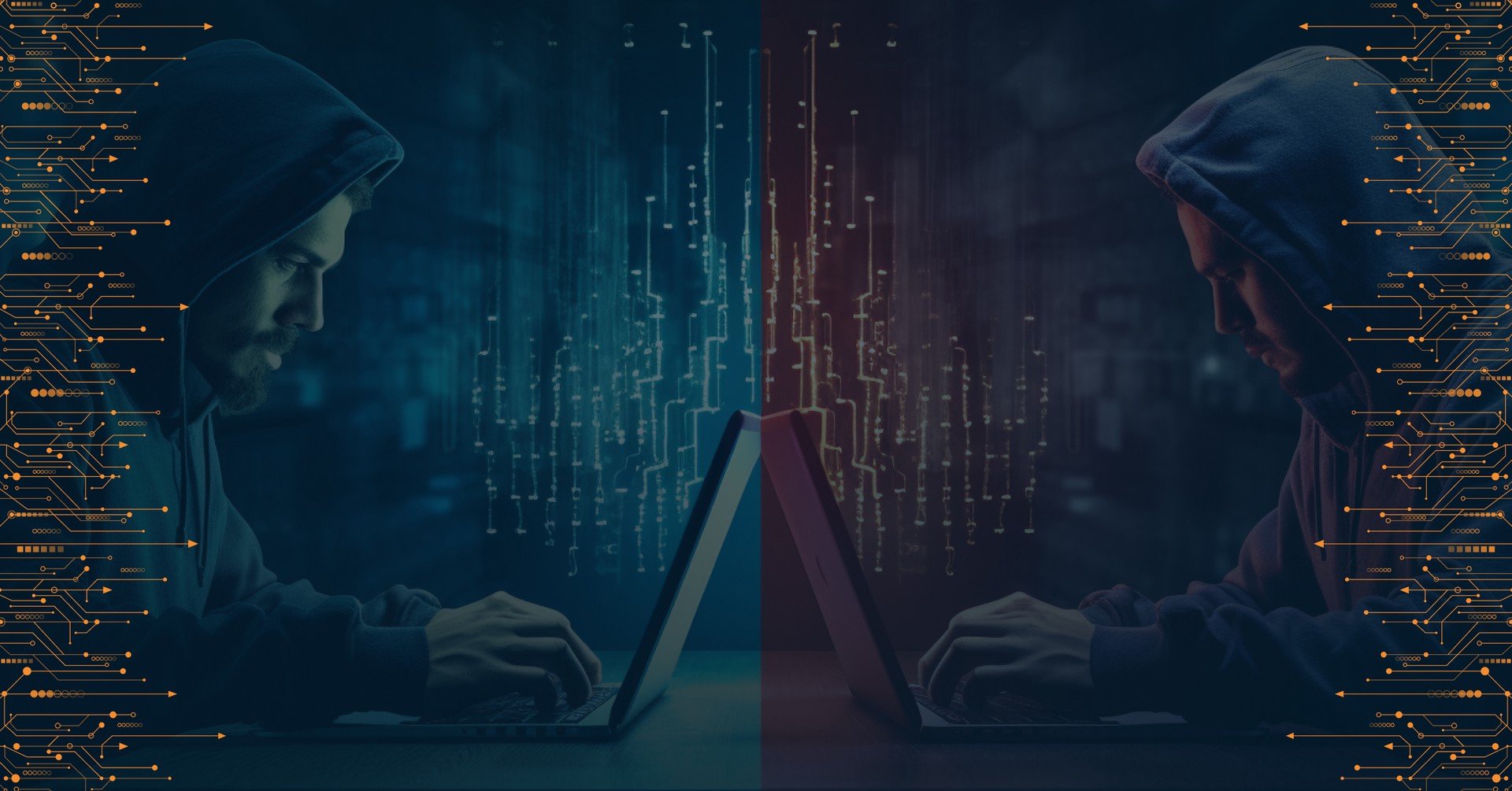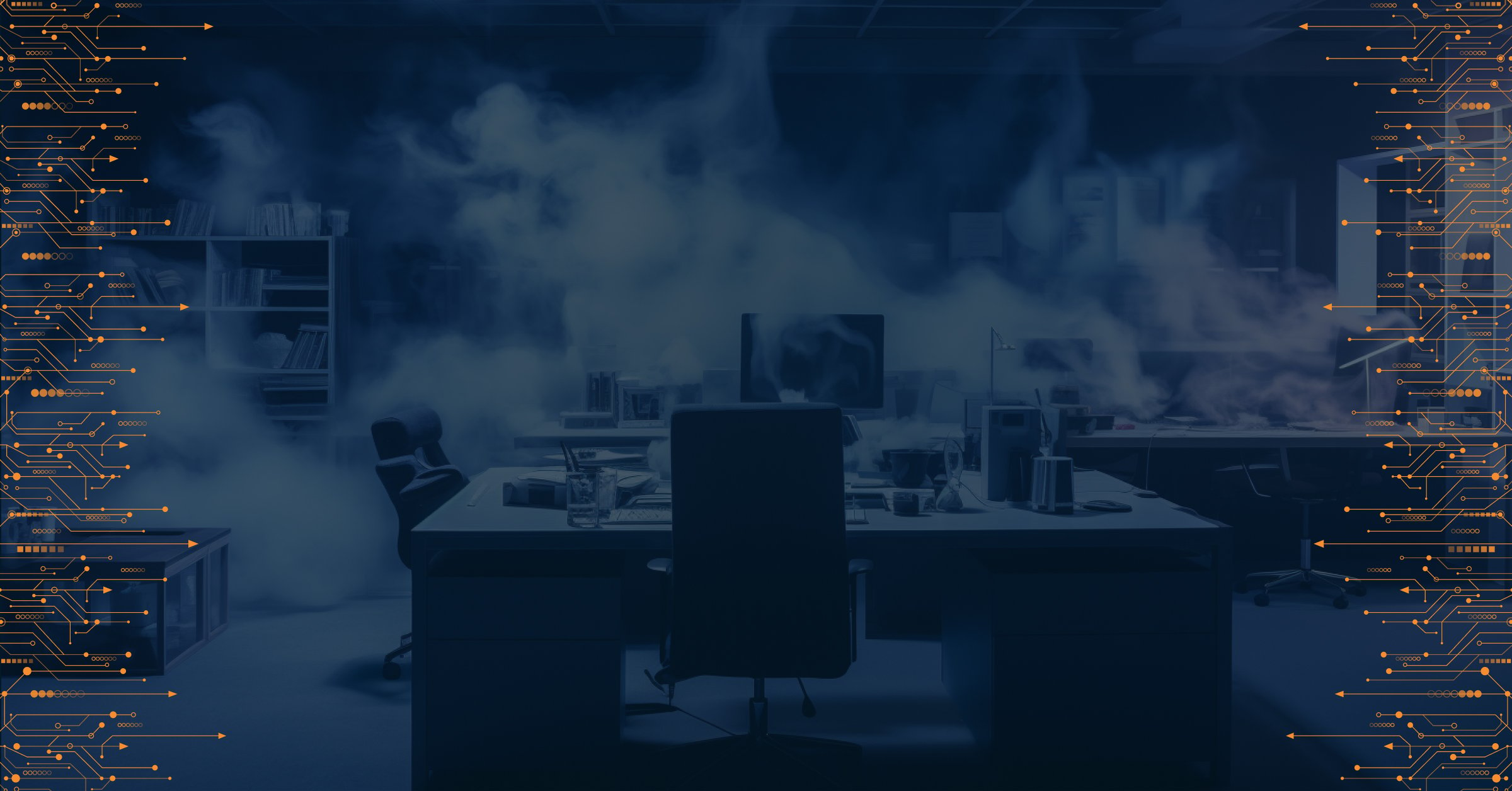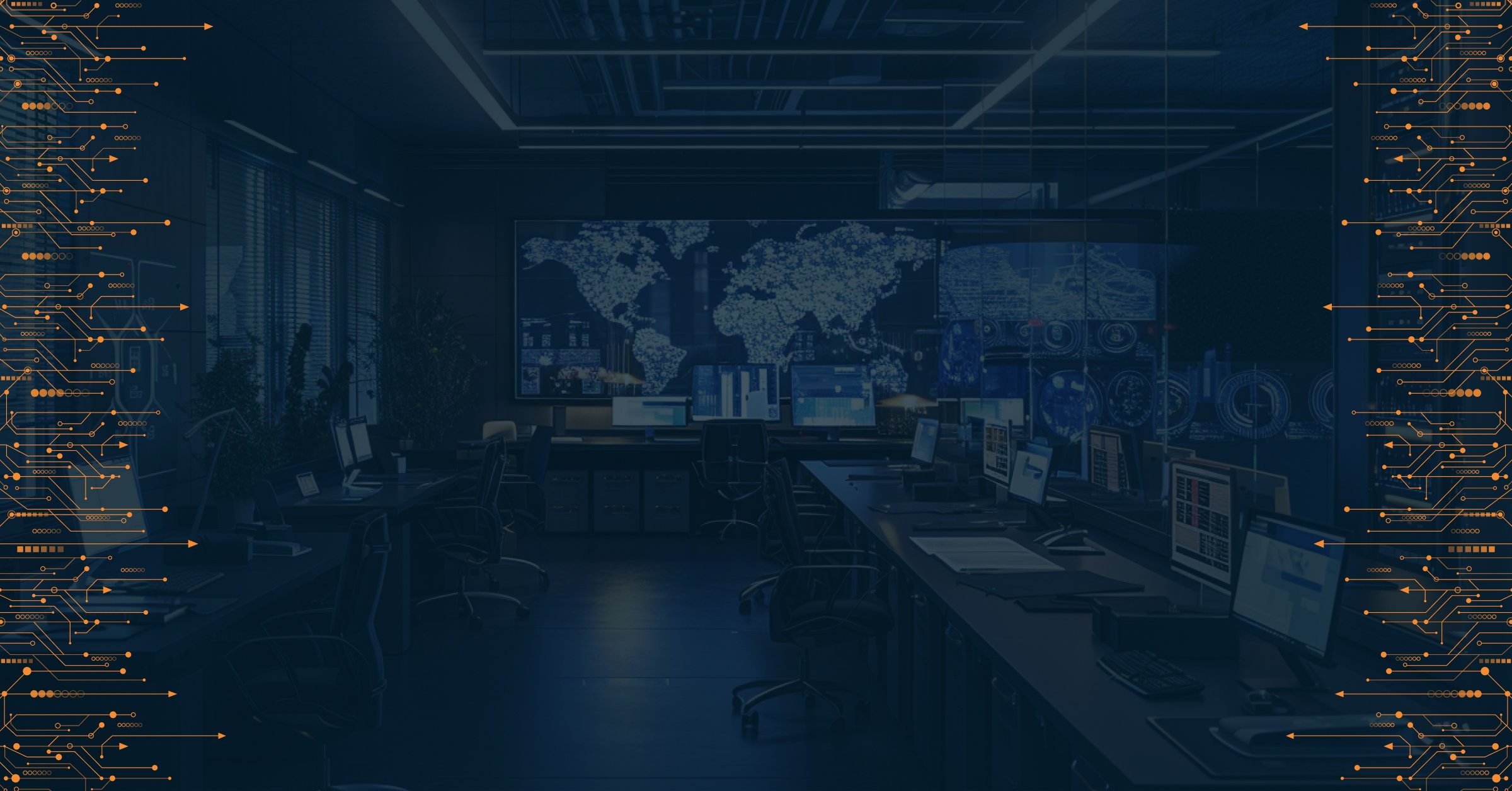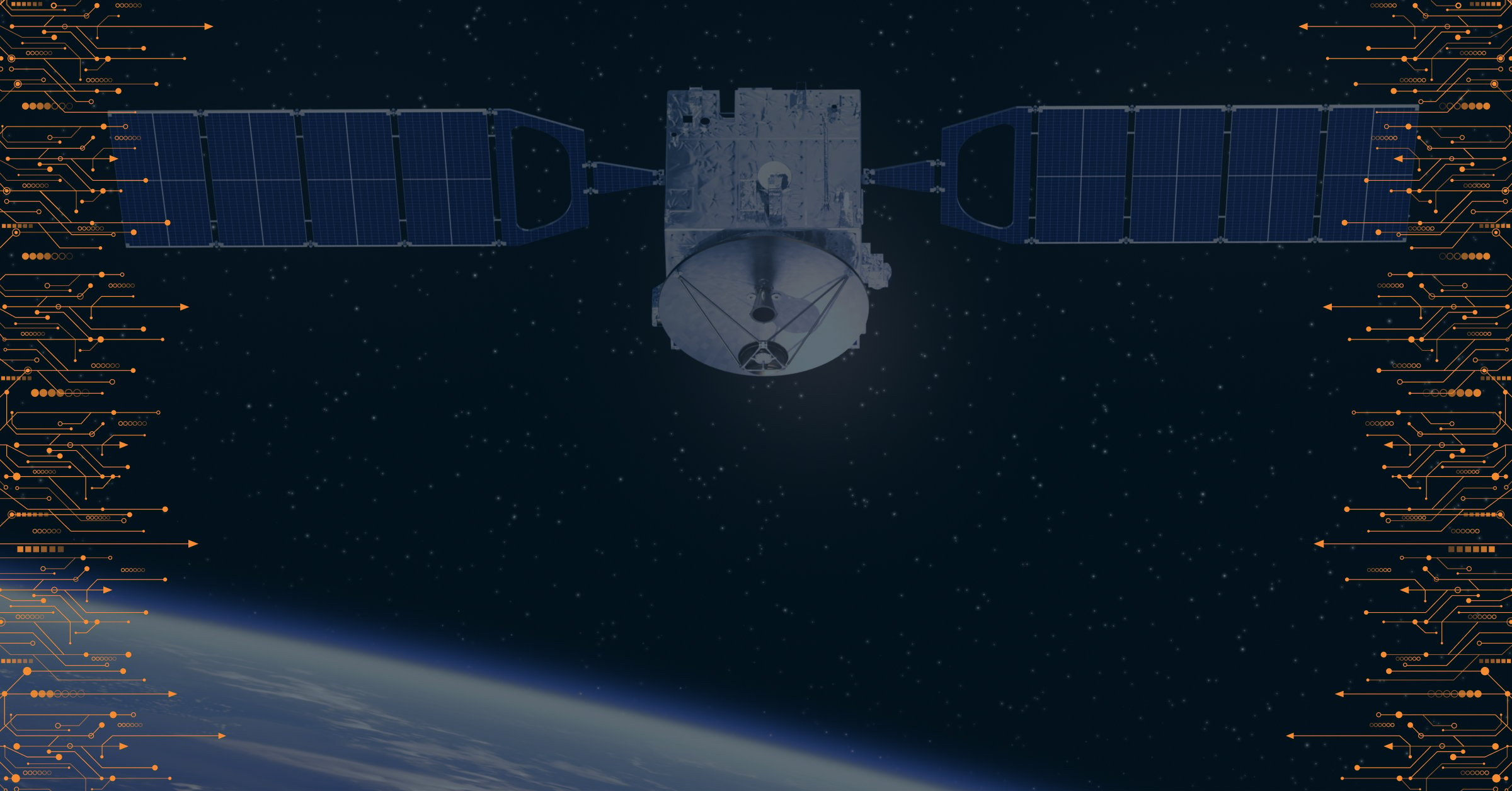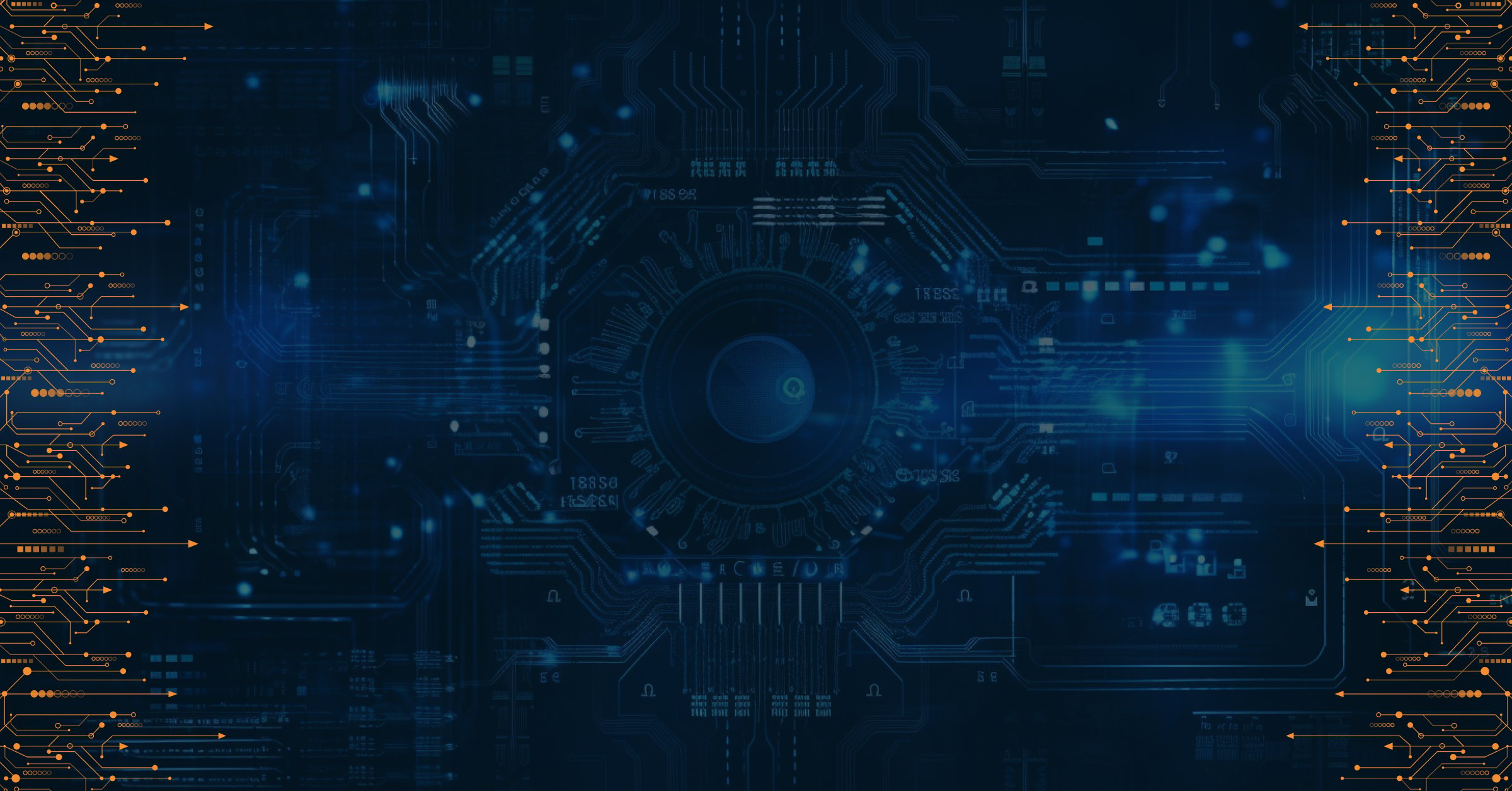Deepfake is another creation of artificial intelligence that invites potential cyber hackers or malicious cybercriminals to misuse images, video, and audio to their benefit, making it a struggle to differentiate between fake and confirmed speakers. How about we discuss these practices in detail in the following blog article?
What are Deepfakes?
In the current era of artificial intelligence, deepfake technology has entered the scene swiftly. In this case, images and audio are created by combining artificial intelligence and machine learning algorithms. This assists in replacing an individual’s vocals and facial features with that of another person, giving birth to an entirely new identity.
The innovation is strikingly uncanny, making it challenging to differentiate between the original person and the one impersonating them. However, the purpose of this new identity can either be purely for entertainment or unfortunately, with a malicious motif in mind.
Deepfake technology usually targets public figures, political personalities, and celebrities, posting videos of activities that they claim to have never done in the first place.
Why Are Deepfakes Gaining Popularity?
Deepfakes are becoming somewhat of a trend due to multiple reasons:
Rapid Advancement of Deep Learning Technology
The techniques and algorithms used to create deepfakes are facing rapid advancement. Another thing is that generative adversarial networks have turned the generation of fake images and videos into strikingly realistic ones. The bar is soaring high with the daily updates in the features.
Vast Amounts of Data Is At Large
Deepfakes can be formed from the vast amounts of data that are available online at large. The algorithm uses people's videos and images to shape deepfake algorithms. GPUs and consumer-level computers now have sufficient processing power to accommodate deepfakes.
Compatible With Social Media Platforms
Deepfakes are compatible with social media platforms like Facebook, Reddit, and YouTube. The medium has facilitated the generalization of deepfake images that are so convincing that people share them further on their social media profiles, assuming that it is the original content or a real person. In many cases, fact-checking is completely omitted, and if paired with a lack of knowledge, it ends up with the distribution of materials that are not real.
Means of Entertainment
Initially, deepfakes' primary goal was entertainment as they fabricated the faces and voices of celebrities triggering controversies. With time, other alarming objectives started surfacing as well, especially concerning political issues.
Misinformation and Propaganda
Deepfake has served as an open call for spreading misinformation and negative propaganda. The technology already gives a tough time to users to distinguish fake and reality that people or opposition use to tarnish the candidate’s image. Place the celebrity in some kind of sexual abuse video or pornographic content, or a politician commenting on controversial issues, and you get a perfect base for wreaking (digital) havoc.
Deepfakes and Cybersecurity Threats
Knowing that deepfakes have the skill of imitating the person’s face and voice with complete accuracy, people believe that these are the words or thoughts expressed by the original person. The accuracy allows the hackers and other malicious actors to make the most of their talents in the following ways:
Identity Theft
The hackers constantly look out to steal the identities of the original individual and use them to their benefit. Deepfake lets them impersonate identities using fake images, video, and audio. Hackers then use deepfake technology to, for example, call employees representing big-scale financial entities and extort money. The other party fails to recognize the speaker and transfers the amount without proper verification.
According to research, one such scam happened in 2020. A Hong Kong bank received a deepfake call from the hackers, who stole their $35 million.
Another fraud happened through a Zoom video call, where the hackers constructed the hologram of the CCO of a cryptocurrency, convincing the executives that everything was confirmed, and as a result, they provided confidential information.
Charitable Donations Are Stolen
It shows that many cybercriminals have no mercy or humanity left in them. They even attack charities to steal donations. One attacker used deep fake technology to copy the voice of a CEO, where he was encouraging the employees, suppliers, and vendors to donate to a "noble" cause.
Fooling Layers of Authentication
Whenever you try to log in to your account, the system requires you to pass through layers of authentication to ensure that the original person is entering. Unfortunately, deepfake has also allowed hackers to fool the pattern through videos and images to access locked accounts, resources, and applications if necessary. Because hackers have taken their hacking approach to the next level by targeting vocal and facial features to breach these security details seem to be minor in front of them.
Phishing Attacks
Cyber attackers or scammers use deepfake technology in emails, voicemails, and SMS to trick clients, employees, and others into agreeing to make huge transactions against the warning that their personal information can spread. If not a direct transaction, then the same tactic is used in making them reveal their information, and people provide this information instantly in hopes of remaining safe in the situation.
Shallowfakes: The Substitute for Deepfake Technology
Not all hackers have the expertise and access to premium deepfake technology. How do they plan and attack? These criminals use shallowfakes, which serve the same purpose. Yes, the quality will differ, so the attackers will either increase or decrease the speed of the audio, portraying the speaker as drugged or under the influence of a substance. If the goal is to trigger violence, the attackers may speed up the content to distort the video.
Ways To Recognize Deepfake Technology
Nobody would like to remain in the headlines for actions they never did in the first place. Therefore, there are ways to recognize and stay safe from deepfake technology. They are as follows:
Be Careful of Unverified Content
If you keep receiving links from sources, ensure they are authentic. Stay safe at your end. Hackers can approach you, disguising themselves to convince you to open the media so that they can steal your information. Be critical of the content you see fluctuating online, especially if it causes a lot of upheaval.
Skin Tone
In deepfake technology, when cloning the facial features, the skin tone is not matched accurately, leaving slight differences that stand out as a red flag that the person is not the original.
Track Your Online Presence
If you are an avid user of the internet, then keep tracking your online presence on all the social media platforms and go through the content linked to your image and name. Notice any malicious activity? Report it at the spot!
Patchy Skin
See the image or video in a higher resolution quality, where you can spot patches on the skin to identify potential deepfake technology. It is true that the bigger your screen, the better chances you have at differentiating what is original and what is fake.
Details of Mouth Movement
Look for signs when watching a video. Deepfake has still not mastered the art of copying the details of the movement of the mouth therefore it is easier for you to catch the original version. The same goes for the body movement which can appear stiff or uncoordinated compared to the rest of the face.
The Bottom Line
With all the examples above, we see deepfake technology poses a cybersecurity threat as the benefits only change into disadvantages, opening the doors for misuse. While we cannot stop the technological progress that has been overwhelming the digital space in the past years, we should learn to recognize the red flags when encountering such content online. If you want to stay ahead of the growing world of cybercrime and ensure you won't get compromised, visit www.prodaft.com for more information.

PRODAFT Team
Stay up to date
Browse Posts
Browse by topics
- Cybercrime awareness (15)
- Cybersecurity for Businesses (10)
- Risk management (7)
- Cybersecurity Tips (6)
- Digital safety (6)
- Proactive Threat Intelligence (6)
- Cyber threat protection (5)
- Cyberattacks (5)
- Risk intelligence (5)
- Threat Prevention (5)
- Data Protection (4)
- Network Security (4)
- Phishing (4)
- Supply chain risks (4)
- TTPs (4)
- Artificial intelligence (3)
- Critical network infrastructures (3)
- Malicious websites (3)
- Malware (3)
- Social engineering (3)
- Data breaches (2)
- Insider Threats (2)
- NIS2 Directive (2)
- Ransomware (2)
- CISOs (1)
- Cryptocurrencies (1)
- Cyber espionage (1)
- Cyber extortion (1)
- Cyber fraud (1)
- Cybersecurity Collaboration (1)
- DDoS Attacks (1)
- Deepfakes (1)
- DoS Attacks (1)
- Fake social media (1)
- Incident Response (1)
- Internet of things (1)
- Money Laundering (1)
- Multi-factor authentication (1)
- One-day vulnerability (1)
- Remote Work (1)
- Stealers (1)
- SystemBC (1)
- The Cyber kill chain (1)
- Threat Intelligence solutions (1)
- Tor browser (1)
- Traffic Distribution System (1)
- Zero-day vulnerability (1)
- dark web (1)
- deep web (1)
- keyloggers (1)
- social media (1)
- spoofing (1)
- threat detection (1)

